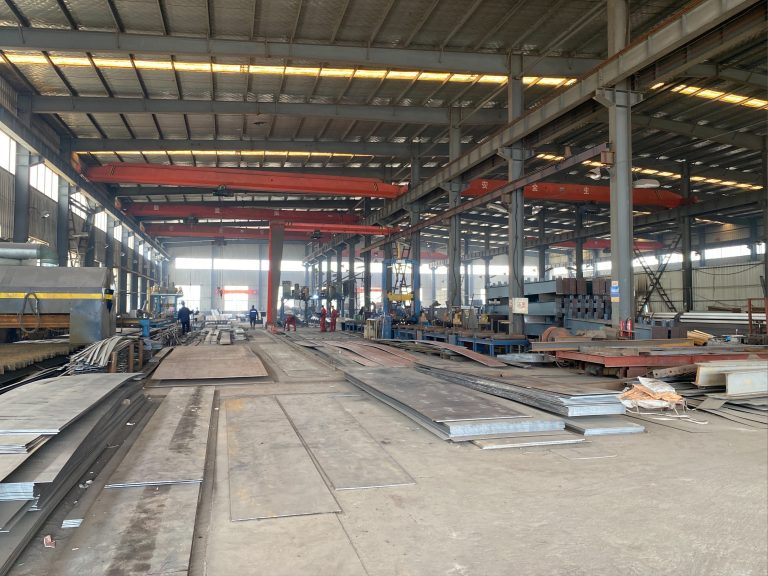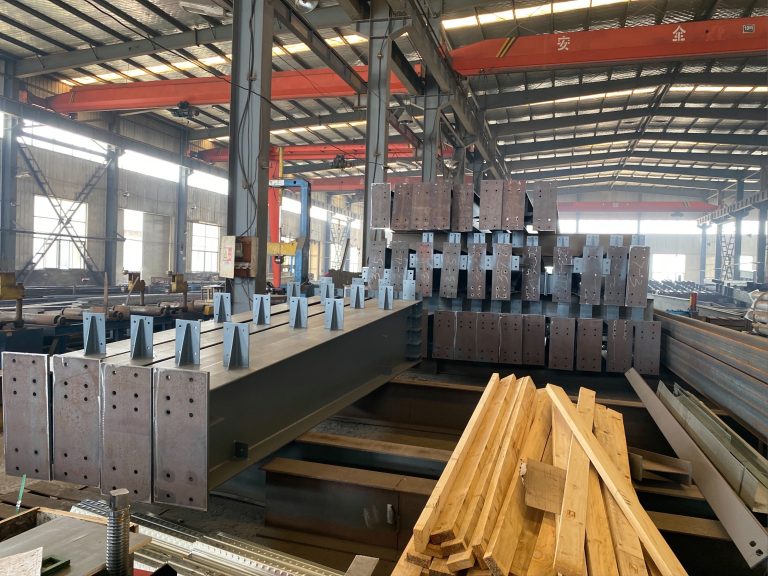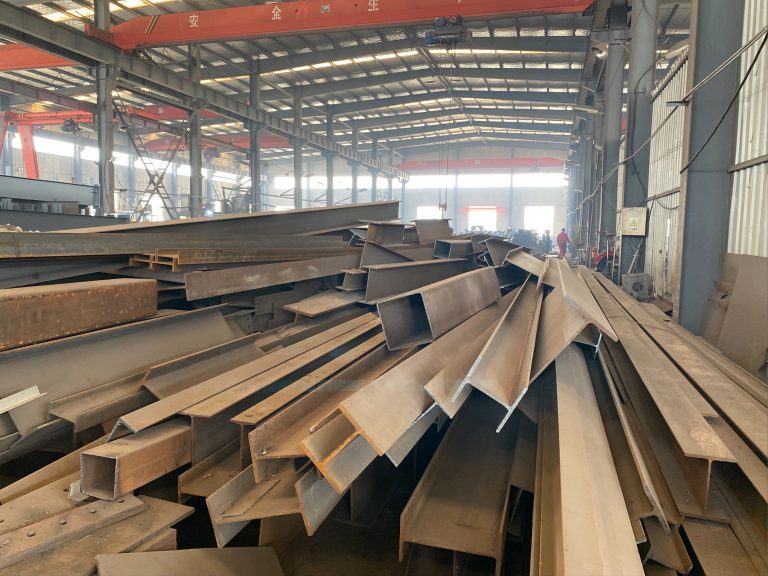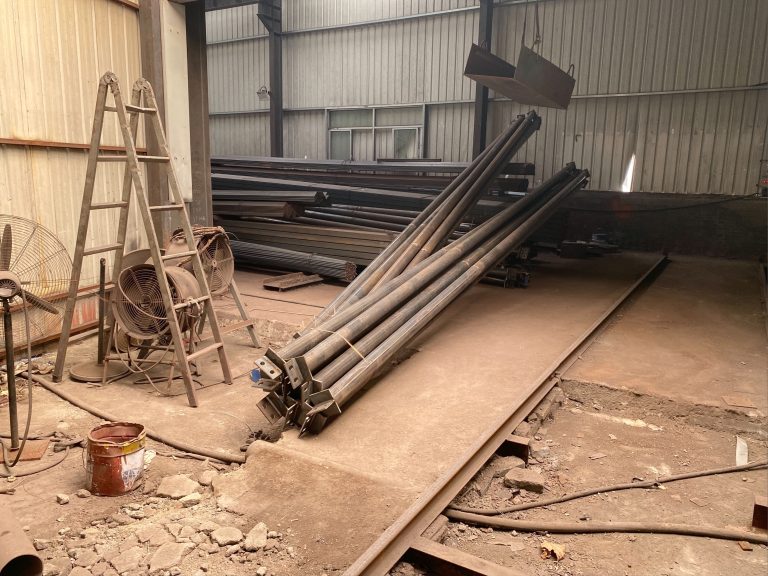How does the lighting board enhance the appearance design and visual effect of the building?
Benefits of Using a Lighting Board for Building Design and Visual Effects
Lighting plays a crucial role in enhancing the appearance and visual effects of a building. It can transform a dull and ordinary space into a vibrant and dynamic environment. One of the key tools used to achieve this transformation is a lighting board. A lighting board is a control system that allows designers to manipulate and control various lighting elements within a building. By using a lighting board, designers can create stunning visual effects that enhance the overall design of the building.
One of the main benefits of using a lighting board is the ability to create different moods and atmospheres within a space. By adjusting the intensity, color, and direction of the lights, designers can evoke different emotions and feelings in the viewers. For example, warm and soft lighting can create a cozy and intimate atmosphere, while bright and colorful lighting can energize and uplift the space. With a lighting board, designers have the flexibility to experiment with different lighting effects and create a unique ambiance that suits the purpose of the building.
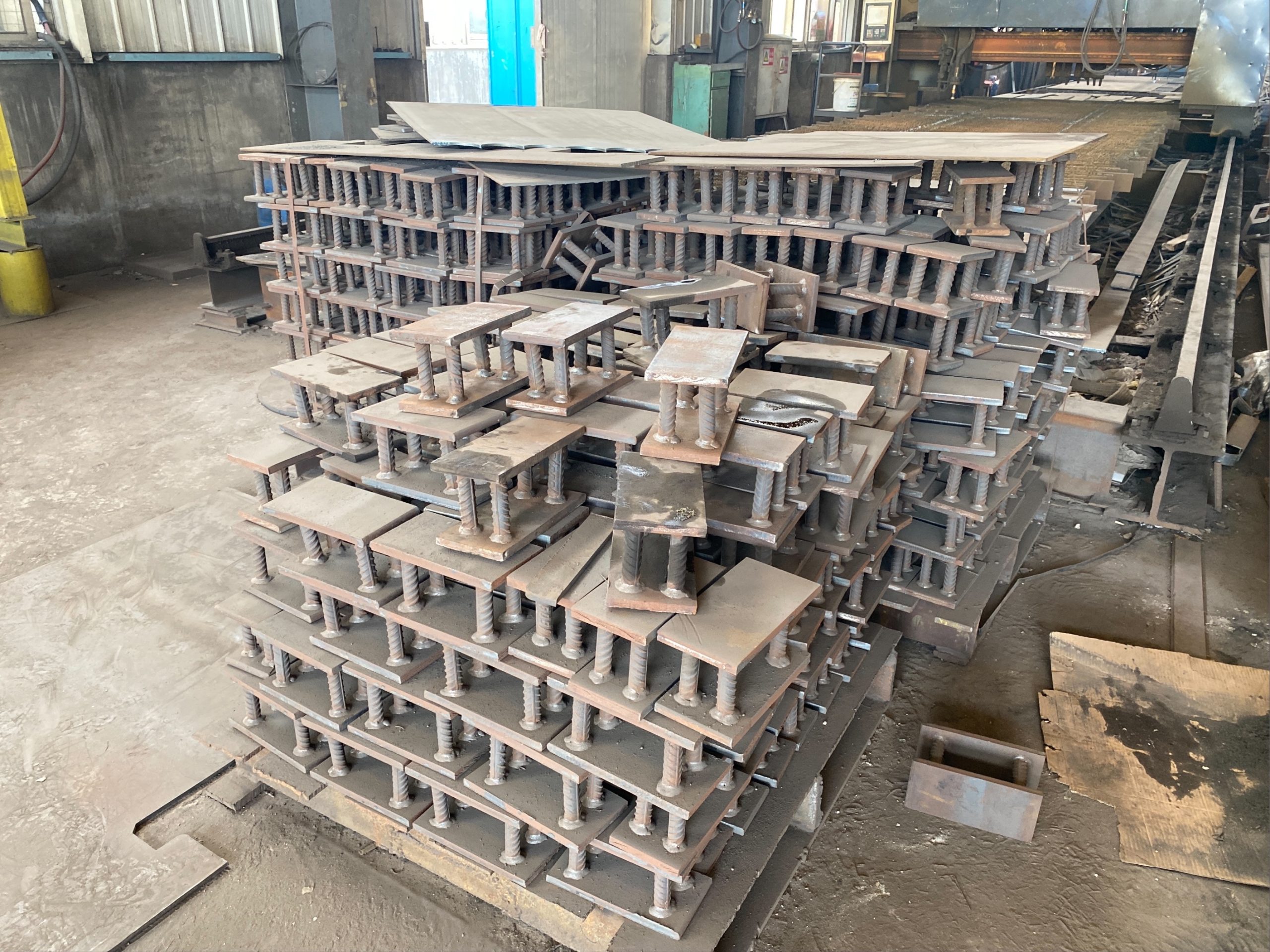
Another advantage of using a lighting board is the ability to highlight architectural features and design elements. By strategically placing lights and adjusting their intensity, designers can draw attention to specific areas of the building, such as columns, arches, or facades. This not only enhances the aesthetic appeal of the building but also helps to create a focal point that captures the viewer’s attention. Lighting can also be used to create depth and dimension in the space, making it appear larger and more dynamic.
In addition to enhancing the appearance of the building, a lighting board can also improve the functionality and usability of the space. By using different lighting zones and presets, designers can create versatile lighting schemes that cater to different activities and events. For example, a conference room may require bright and even lighting for presentations, while a lounge area may benefit from soft and ambient lighting for relaxation. With a lighting board, designers can easily switch between different lighting settings to accommodate the needs of the users.
Furthermore, a lighting board can also contribute to the sustainability and energy efficiency of the building. By using LED lights and dimmable fixtures, designers can reduce energy consumption and lower operating costs. Additionally, the ability to program lighting schedules and timers can further optimize energy usage and minimize wastage. By incorporating smart lighting controls into the building design, designers can create a more sustainable and eco-friendly environment that benefits both the users and the environment.
In conclusion, the use of a lighting board can greatly enhance the appearance design and visual effects of a building. By allowing designers to manipulate and control lighting elements, a lighting board offers endless possibilities for creating unique and captivating spaces. From creating different moods and atmospheres to highlighting architectural features and improving functionality, a lighting board is a valuable tool that can transform a building into a work of art. With its ability to enhance aesthetics, functionality, and sustainability, a lighting board is an essential component of modern building design.


